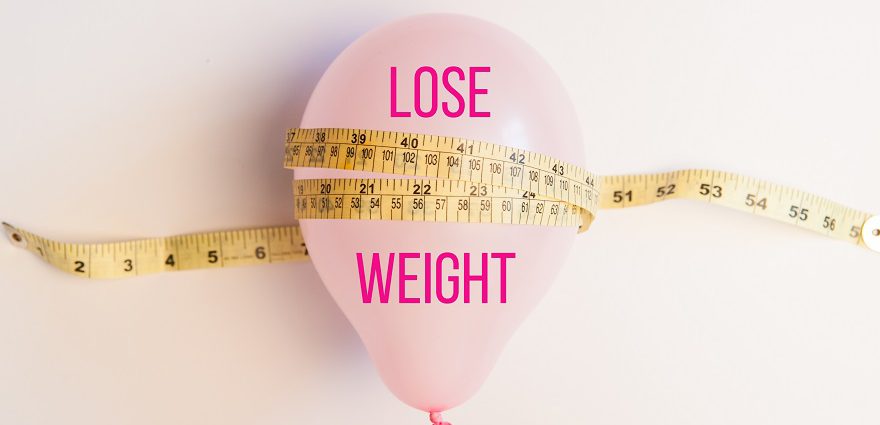Gastric Balloon: What it Costs and Can it Jump Start your Weight Loss?

Gastric balloon is a reversible, incision free weight loss procedure. There are three such devices approved in the U.S. — the ReShape Integrated Dual Balloon System, the Orbera Gastric Balloon and the Obalon Balloon System — but gastric balloons have been approved and used for years in some parts of Europe, as well as Canada, Australia, Mexico and South America.
Also called the intragastric balloon, the concept is simple. A deflated soft silicone balloon is inserted into the stomach via the mouth and filled with liquid or air, reducing the amount of food the stomach can hold and causing the patient to feel fuller faster. The balloon can be left in place for up to six months. Once removed, the stomach — and sometimes the patient’s appetite — returns to normal.
Are You a Candidate?
The may be right for someone who needs to lose weight before an upcoming, once-in-a-lifetime event, such as a wedding or high school reunion. It can also help individuals better comply with prescribed diets. Unlike with other weight loss surgeries which require a body mass index (BMI) of 40 or higher, you only need a BMI of 27 or above to undergo the gastric balloon procedure. As a result, it is a weight loss option for lighter individuals who may not be candidates for other forms of bariatric surgery.
On the flip side, the gastric balloon procedure also may help severely obese people jump-start massive weight loss. In these cases, it also can be useful before another type of bariatric surgery such as gastric bypass if a person is deemed too obese to safely undergo a more invasive surgery. Risks of bariatric surgery are increased among individuals with a body mass index greater than 60 and/or those with certain obesity-related health conditions. The gastric balloon procedure can help a person reach a safer weight before undergoing surgery. Some obesity-related health problems (including high blood pressure, diabetes and sleep apnea) may also improve as a result of gastric balloon weight loss, further increasing the safety of future bariatric surgery.
The Procedure: What’s Involved?
Two available gastric balloon procedures — the ReShape Integrated Dual Balloon System and the Orbera Gastric Balloon — are performed under sedation or general anesthesia. The more recently approved Obalon Balloon System takes an entirely different approach.
The procedure usually takes 20 to 30 minutes to perform. No overnight hospital stay is required. In fact, you can usually go home three hours after the balloon is inserted and inflated. Some doctors prefer a patient stay overnight in the hospital.
Your bariatric surgeon will numb your throat with an anesthetic spray to allow for easier insertion of the deflated balloon. The balloon is inserted using tiny, endoscopic instruments, including a pencil-shaped probe with a tiny camera attached to it which helps the surgeon to visualize the area.
A small tube or catheter is attached to the balloon. Your surgeon will fill the balloon with approximately 400-700 ml of the saline solution or air and then remove the catheter. The balloon has a self-sealing valve. It floats freely inside the stomach. When full, the gastric balloon is too large to pass into the bowel.
Life with a Gastric Balloon
The most important lifestyle change revolves around your diet. You feel fuller earlier so you eat smaller portions of food. However, unlike other bariatric surgeries, such as lap band surgery, after which certain high-fat foods may trigger side effects, you can eat all types of foods after undergoing gastric balloon — just in smaller portions. A registered dietician can help design a healthful diet replete with necessary vitamins and minerals. In addition, you will learn the principles needed to change how you eat and think about food. This type of nutritional program will continue after the balloon is removed so you can continue to lose weight or maintain the weight you’ve lost.
If you overeat, you may feel extremely nauseated or vomit. It is not risk-free. Some people may experience excessive pain and vomiting.
Weight loss varies based on how well you follow dietary advice. In the studies leading to the approval of the ReShape Dual Balloon, those who received the device lost 14.3 pounds on average (6.8 percent of their total body weight) after six months. By contrast, the control group (who underwent an endoscopic procedure but were not given the device) lost about 7.2 pounds (3.3 percent of their total body weight). Six months following the device removal, people treated with the ReShape Dual Balloon device kept off an average of 9.9 pounds of the 14.3 pounds they lost.
In studies of the ORBERA Intragastric Balloon, those who received the device lost an average of 21.8 pounds after six months. Three months after the device was removed, these individuals maintained an average of 19.4 pounds of weight loss.
Life After
Your stomach will return to normal after the gastric balloon is removed. Advocates believe that it can still result in lasting and ongoing weight loss after removal because it helps exact behavioral changes; their theory holds that people get used to eating smaller portions of food and are therefore more inclined to continue to eat in this manner long after the balloon is removed.
Cost
Treatment with Orberra and Reshapoe costs close to $7,000.
About the Reviewer of This Article
Vianna Costil, MD, is a gastroenterologist at the Centre des Médecins Spécialistes in Paris, France. A specialist in the gastric balloon procedure, she is a member of the French National Society of Gastroenterology, the French Society of Digestive Endoscopy and the French Society for Obesity Surgery.


